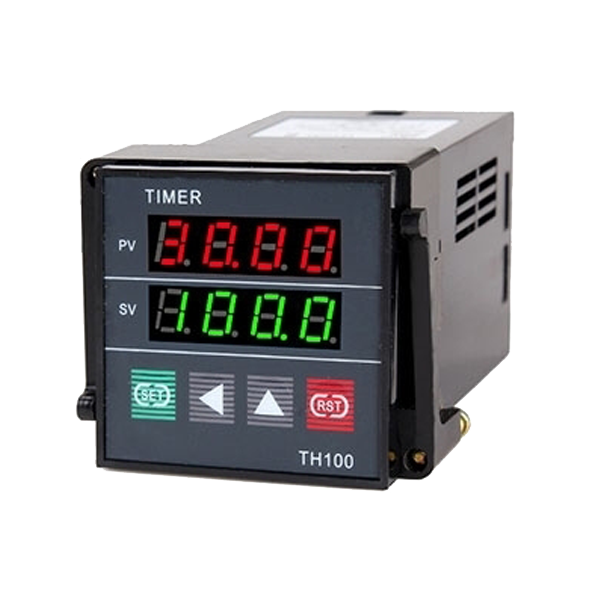Timer Relays
Timer relay, as known as time delay relay, generates a contact action after the set precision time when the input signal is added or removed. It is an electrical component that can switch on or off high voltage or large current circuits by using low voltage or small current. It has a combination of versatility, the convenience of use, and installation and the ability to preserve panel space. To help you to cost-effectively realised start-up and shut-down delays in industry and building technology.
ATO provides analog time delay relays, digital timer relays and programmable timer relays with wholesale price for your different applications. Timer relays have a wide time settings and you
can choose different operating voltages of DC 12V, DC 24V and AC 220V from China relay supplier.


Digital Timer Relay











